Cell The Fundamental Unit of Life
swaraj barik
#poet #writer I live with pride and self-respect.Writing is not my profession but my addiction . Medical Consultant,NursingStaff onlinemedical tutor
The cell, the basic and fundamental unit of life, is a marvel of organization and functionality. Its intricate structure enables it to perform vital tasks that sustain life.
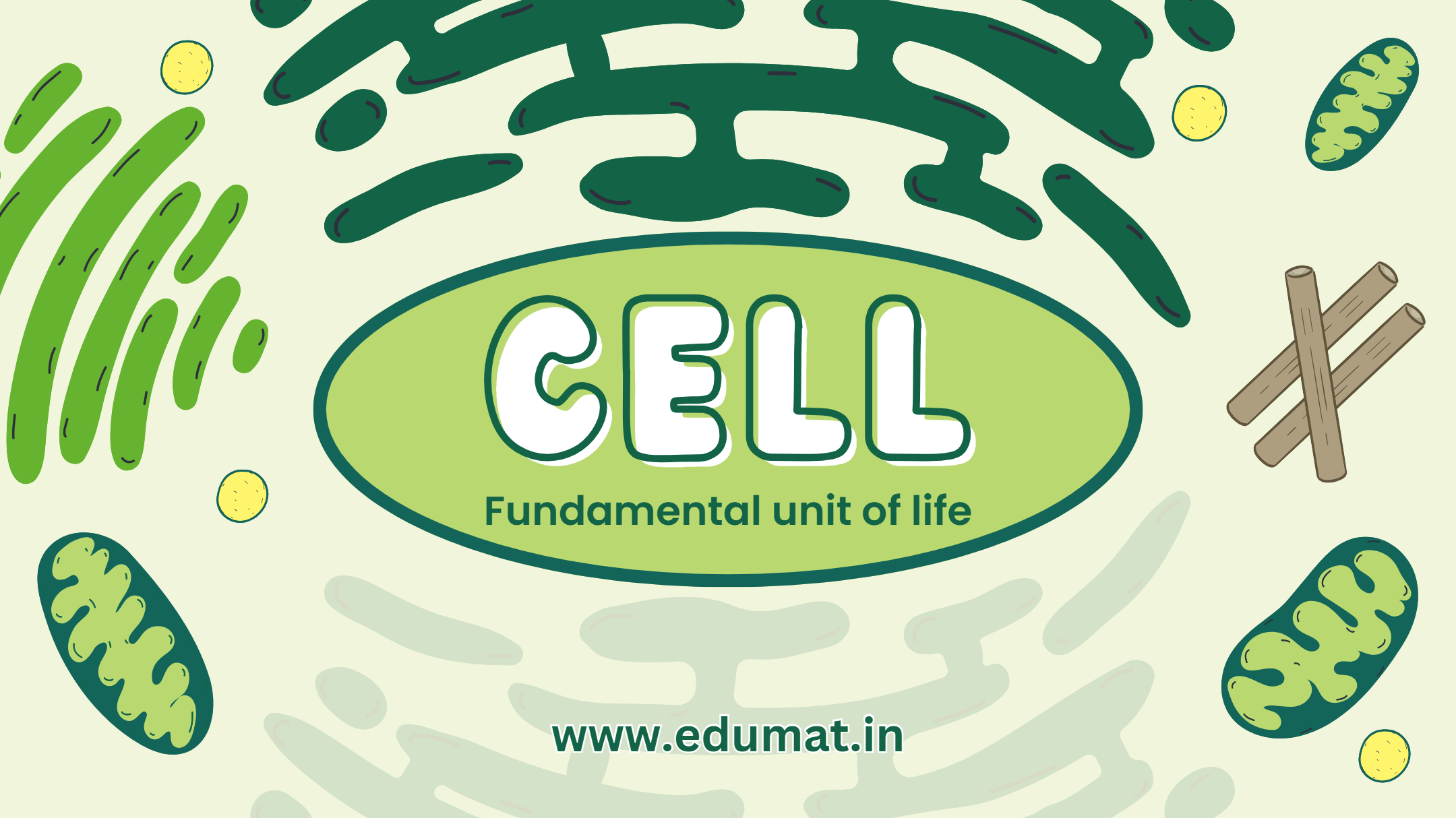
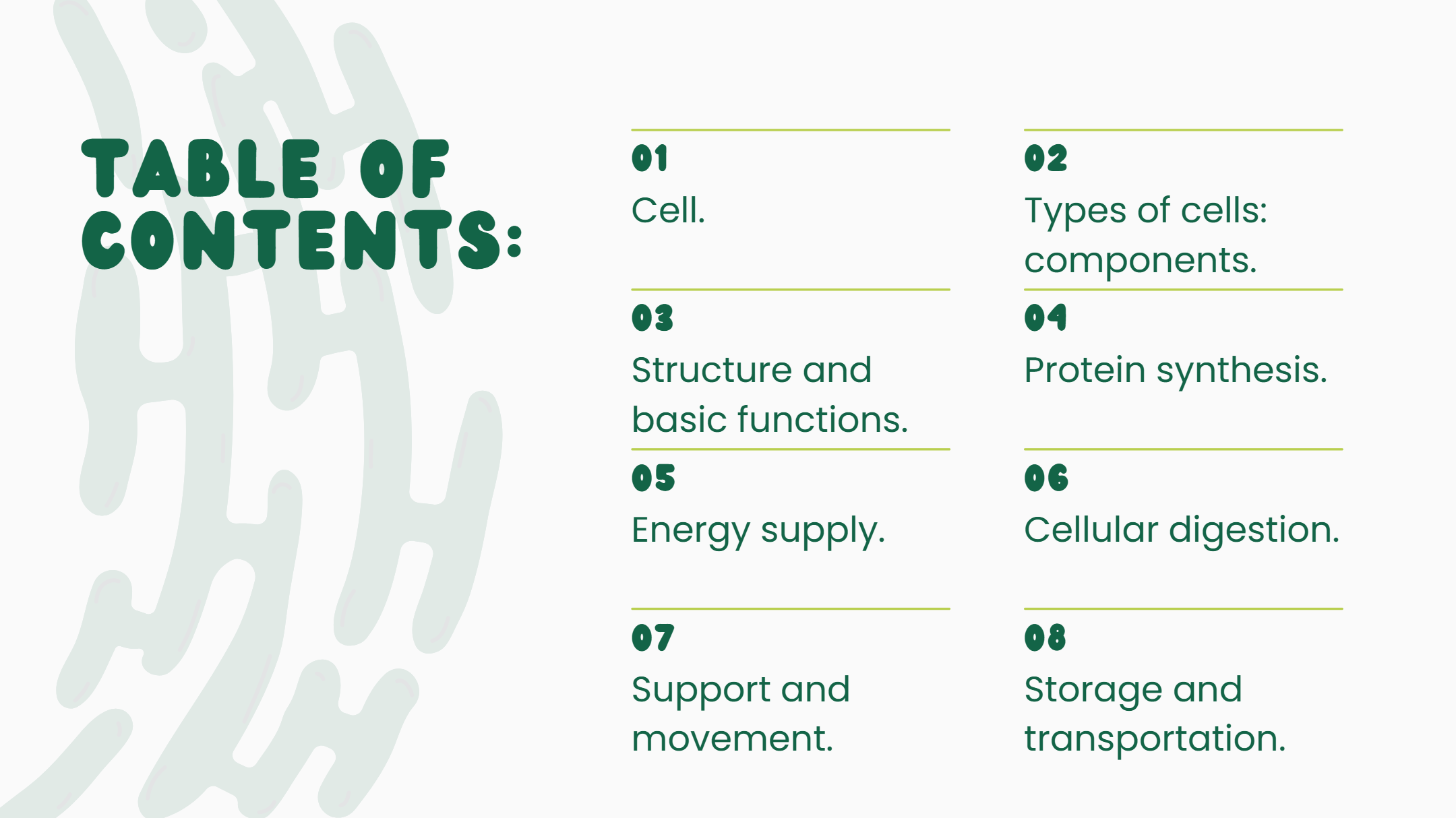
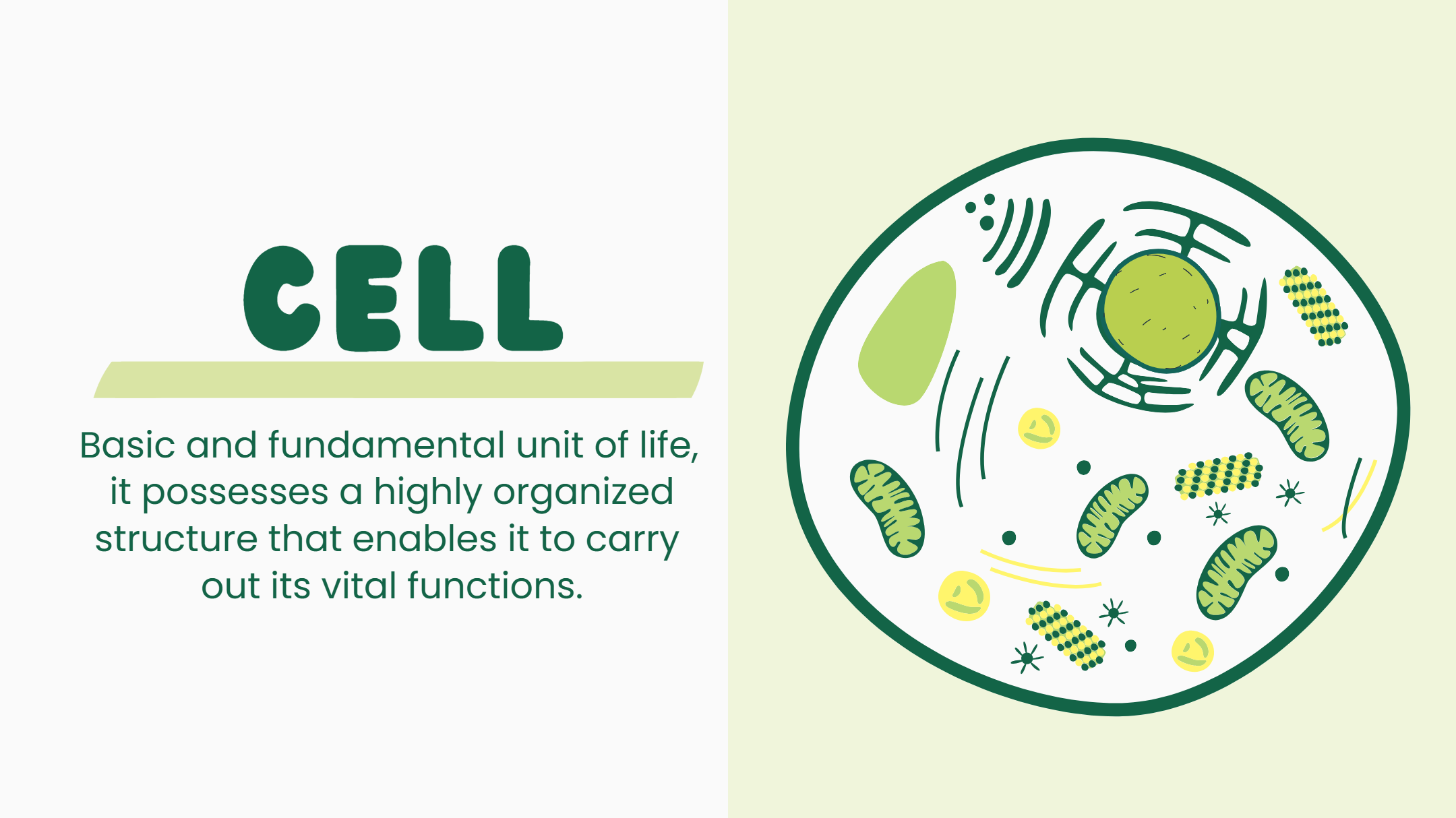
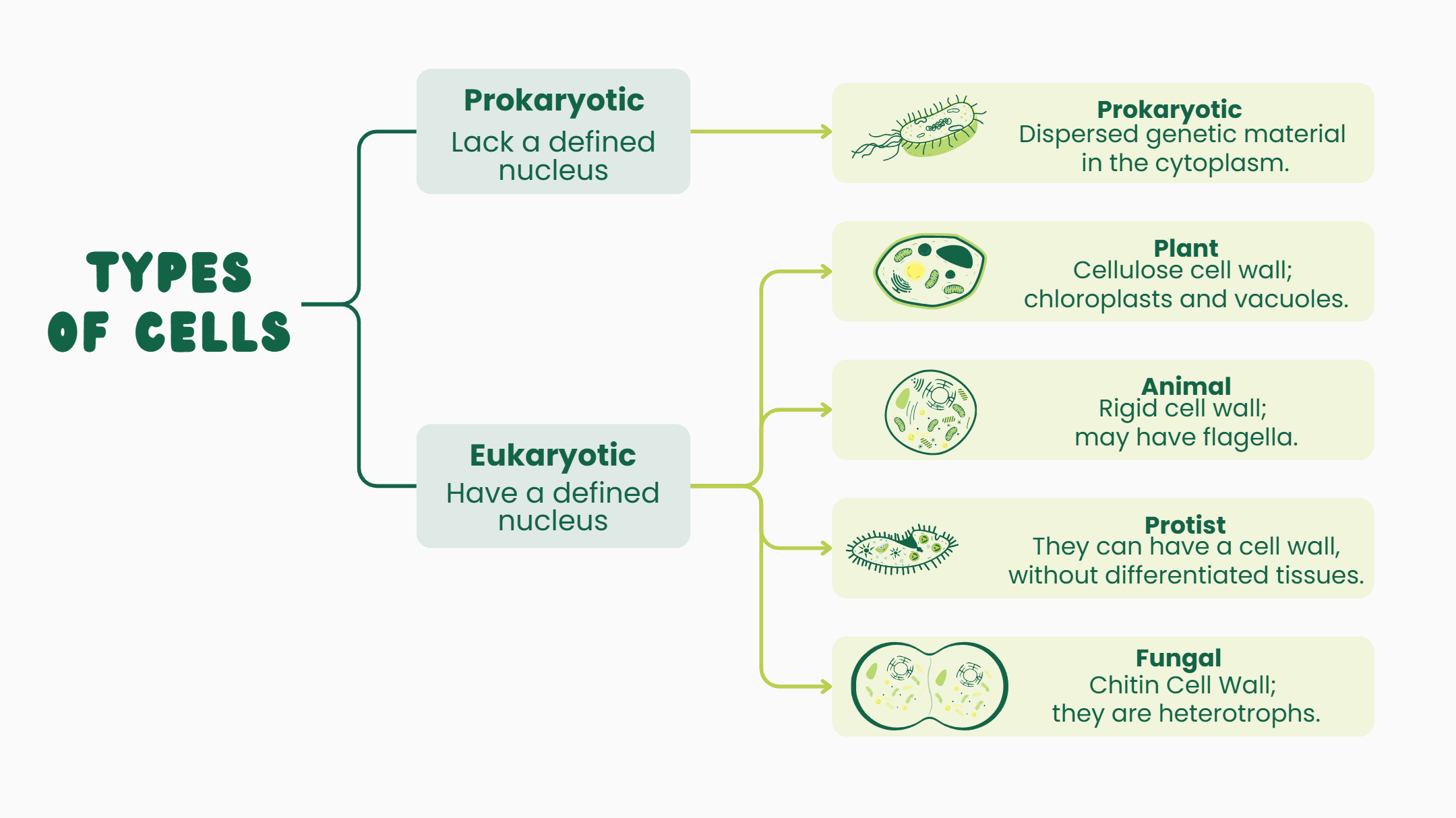
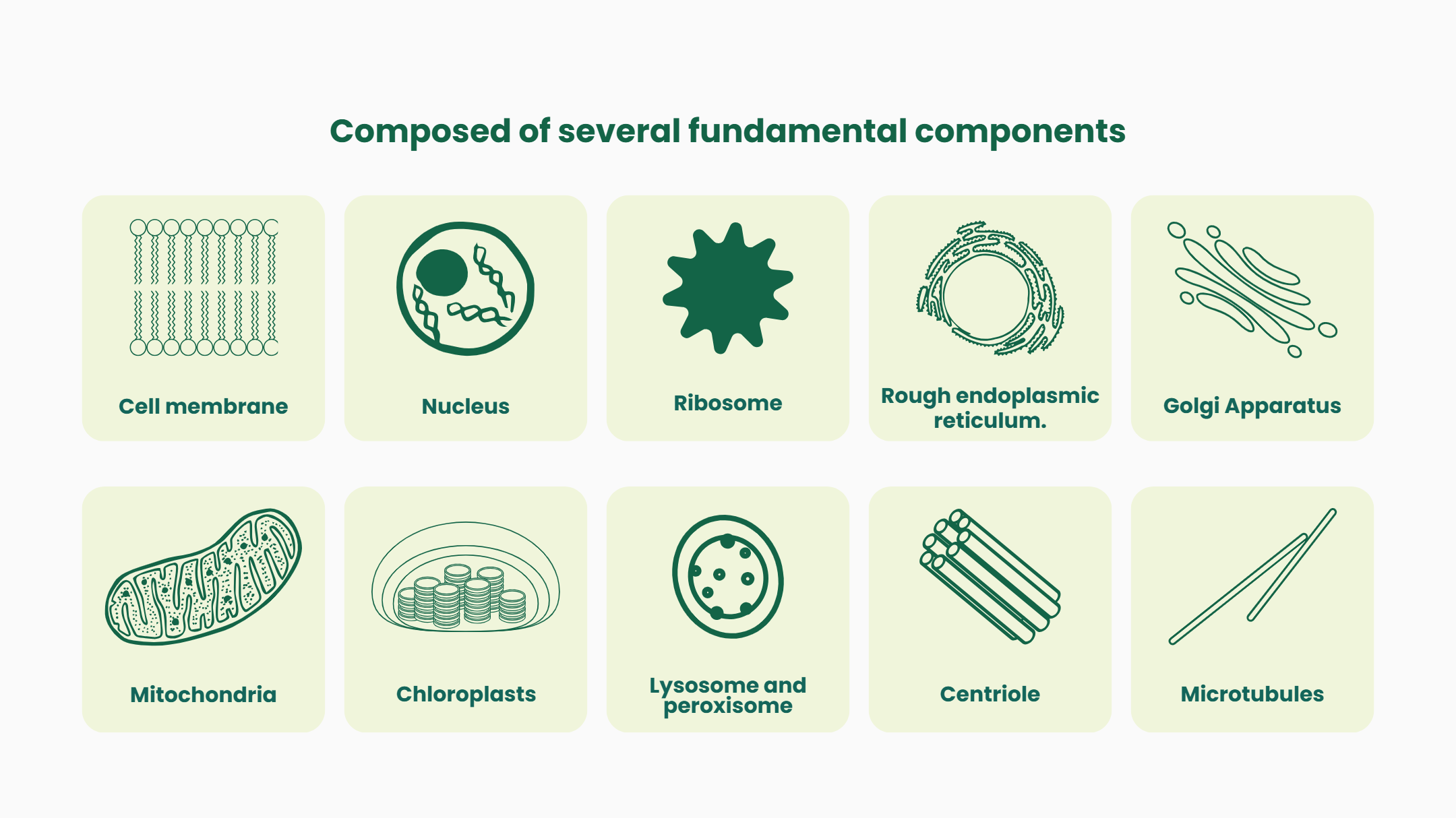
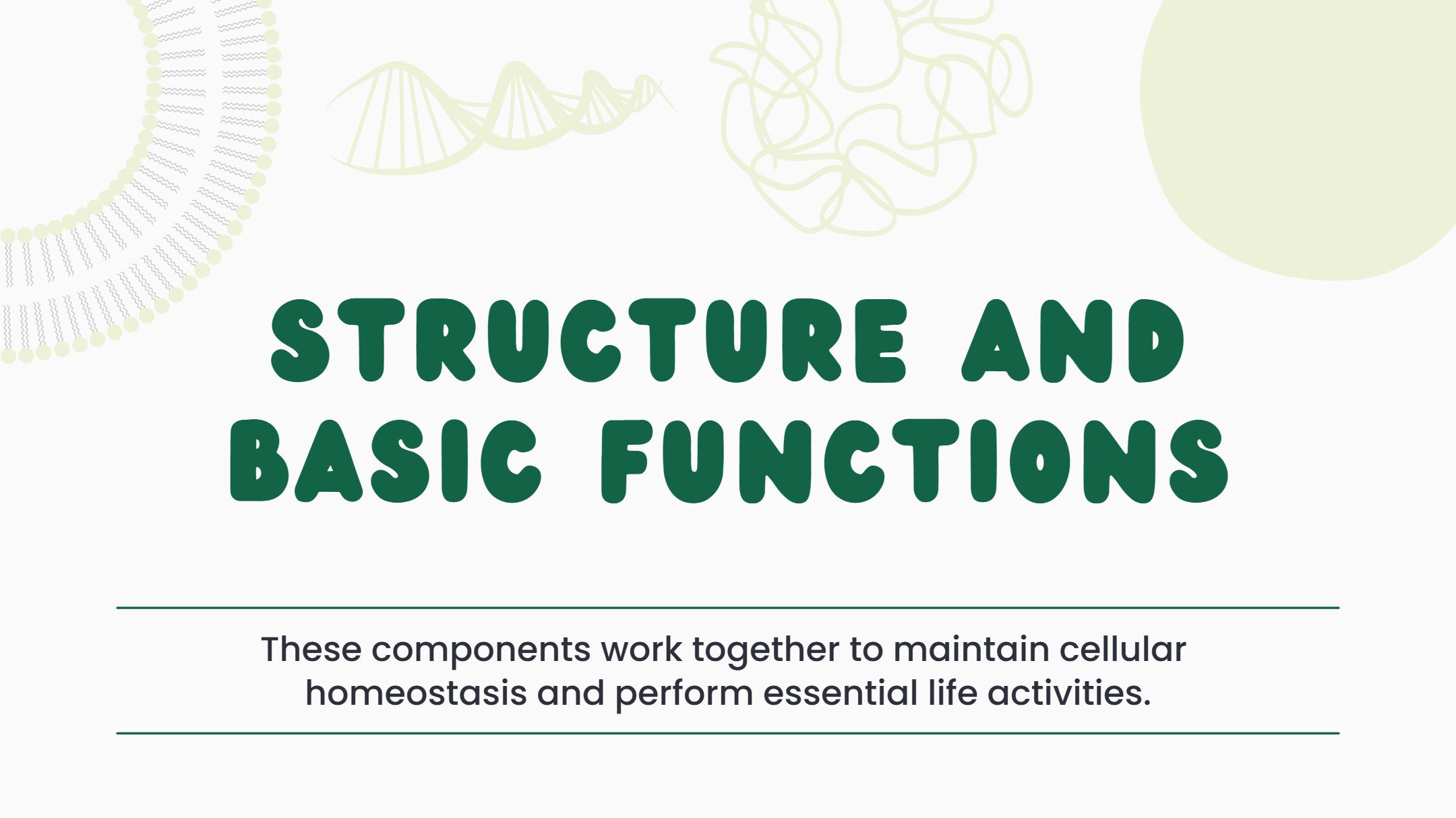
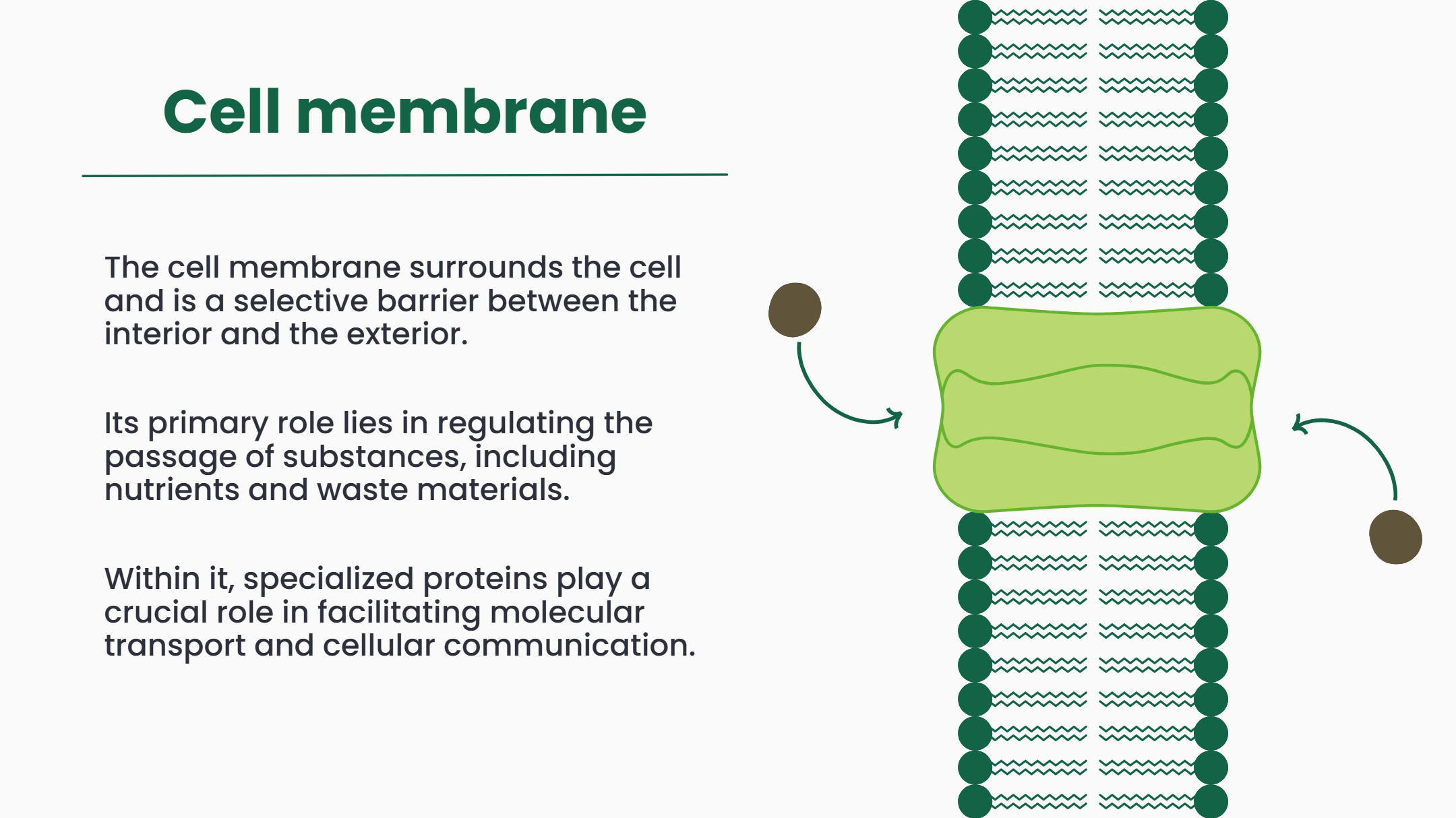

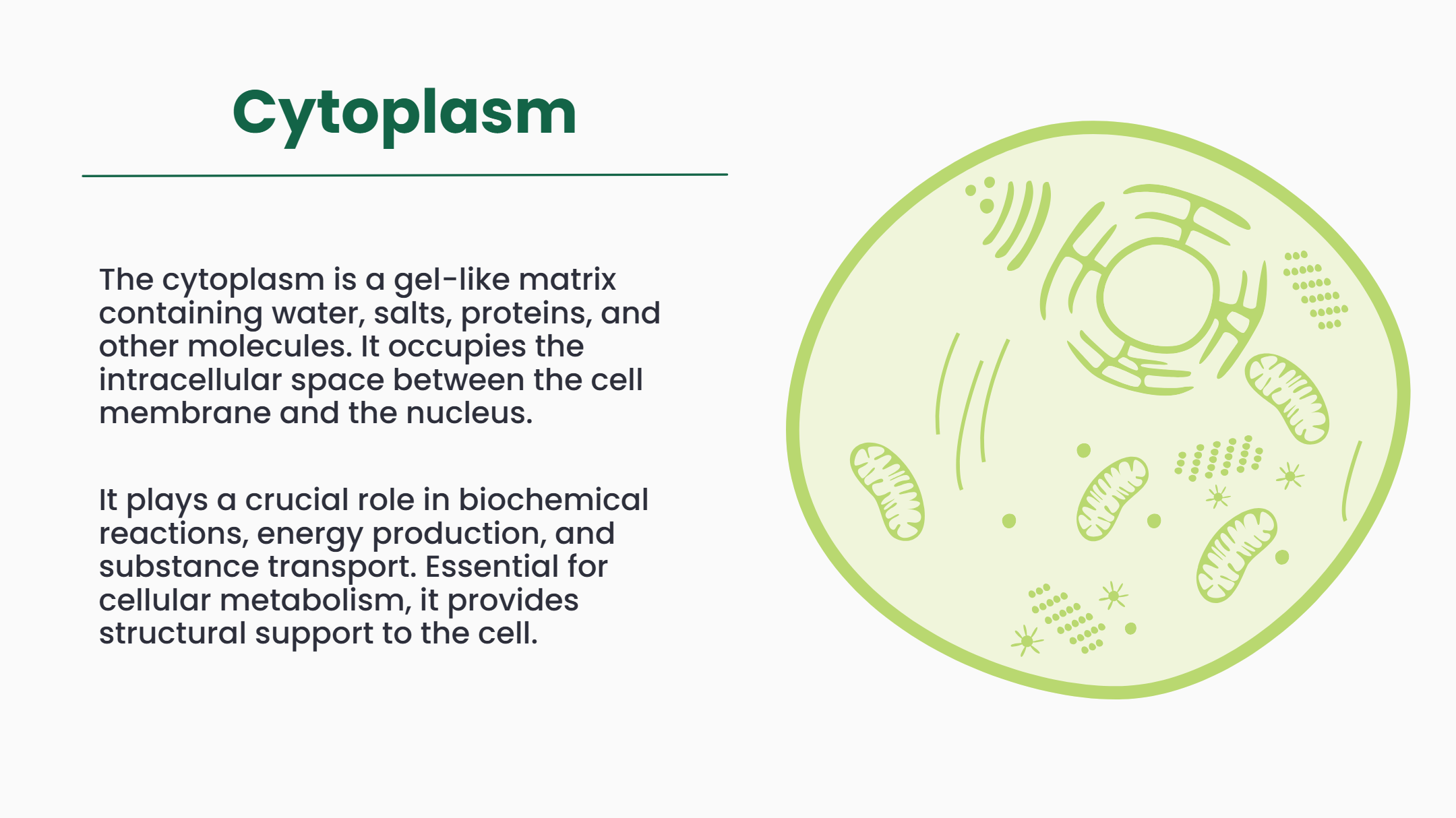
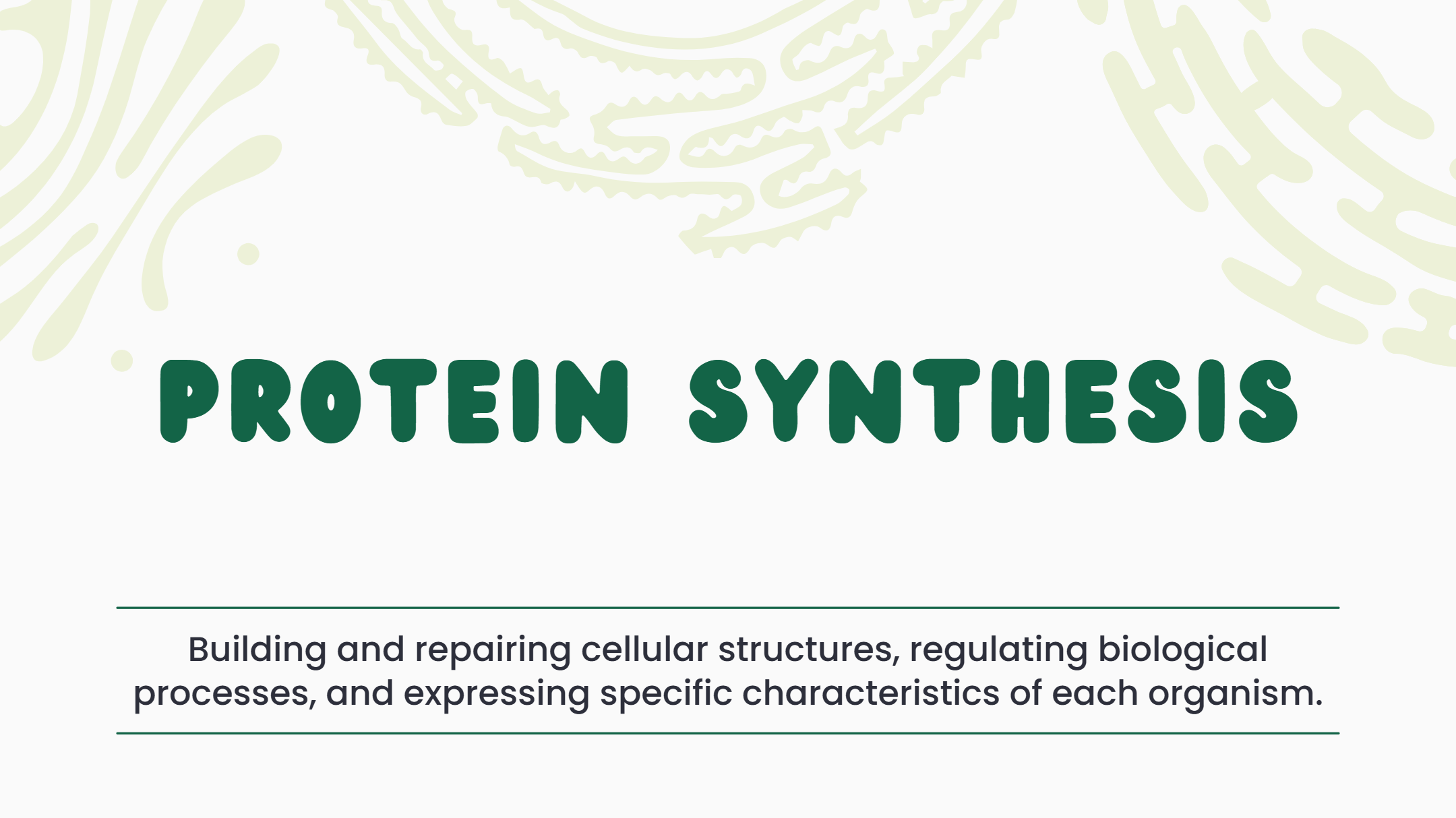
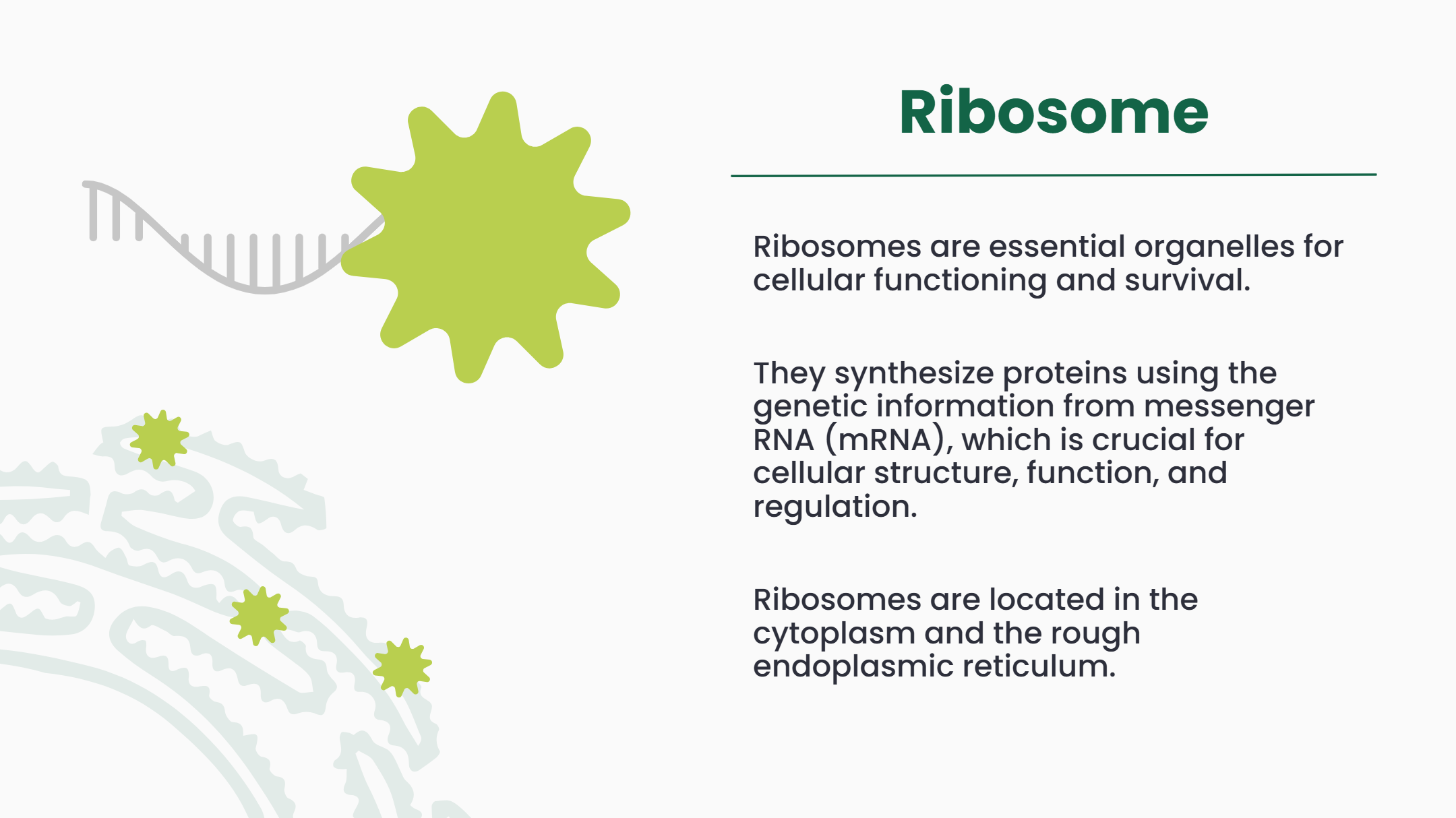
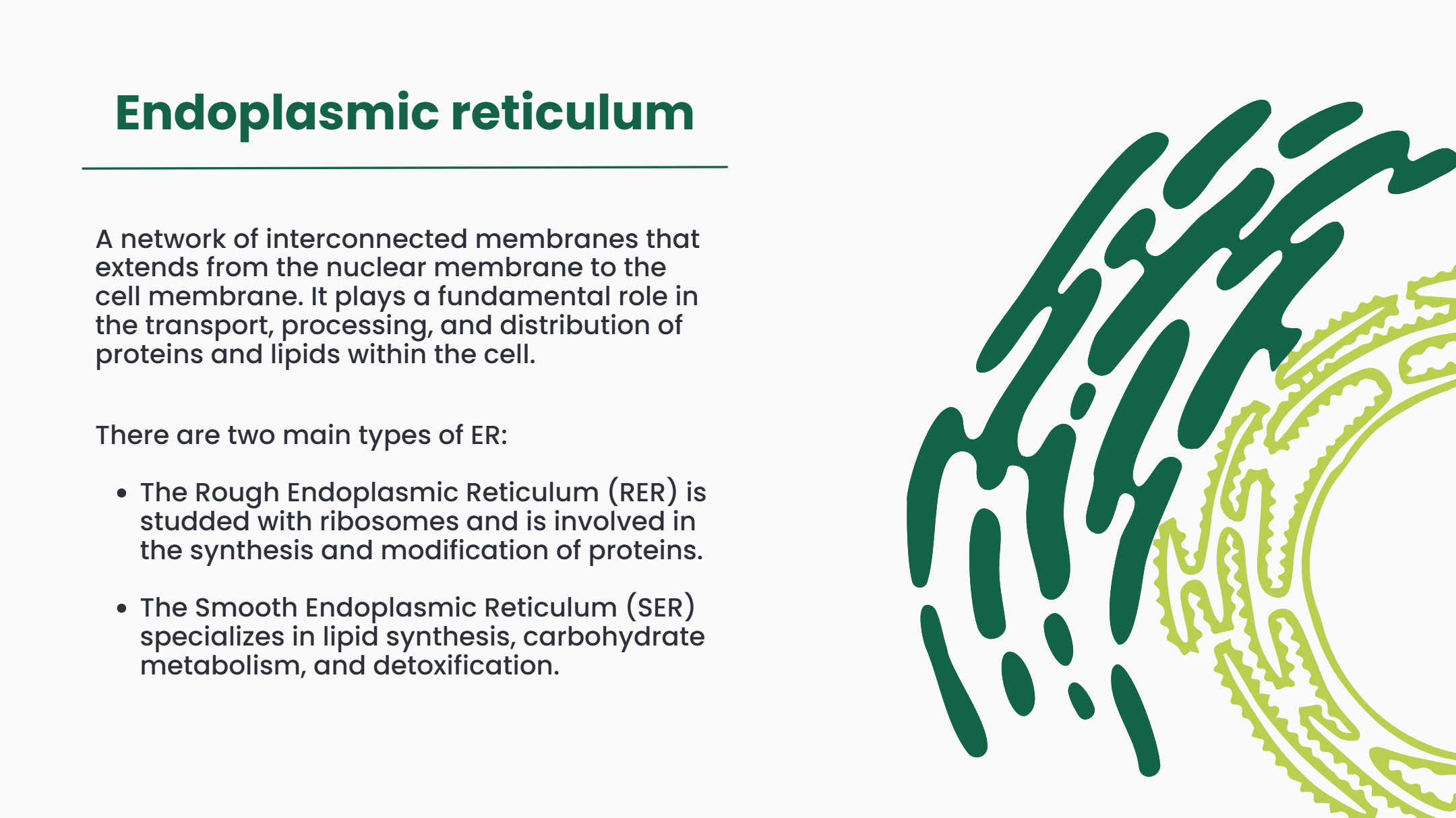
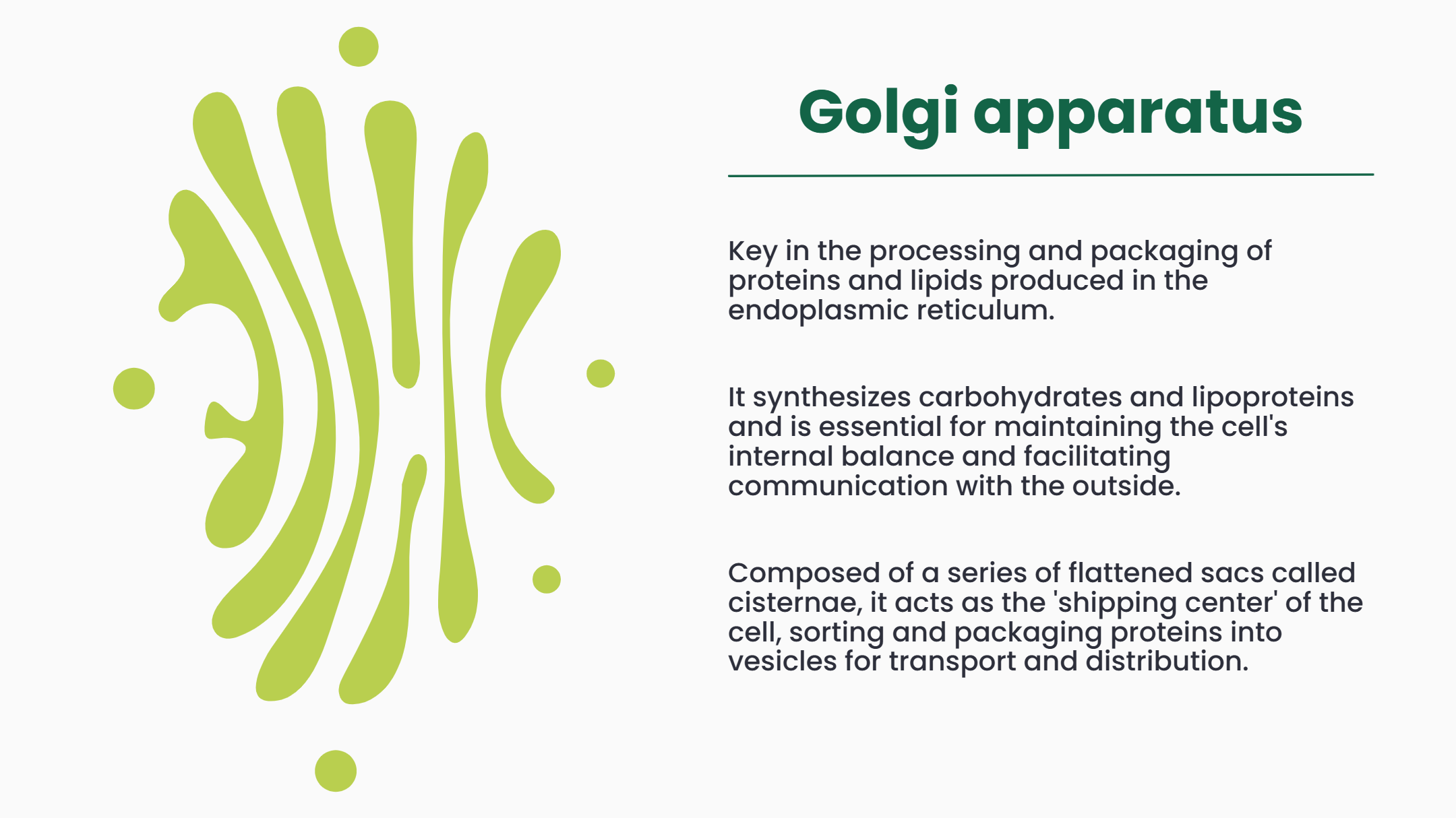
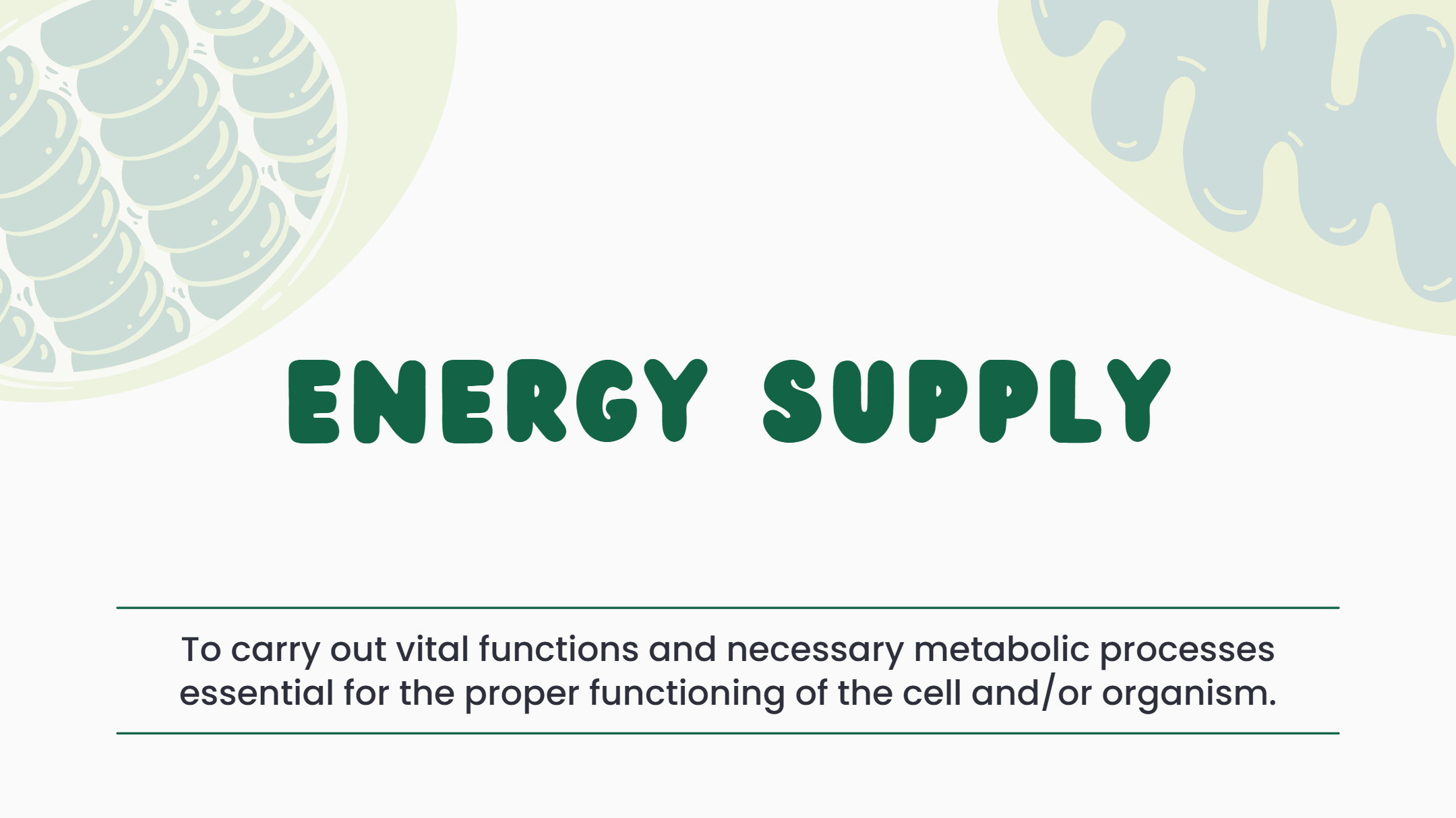
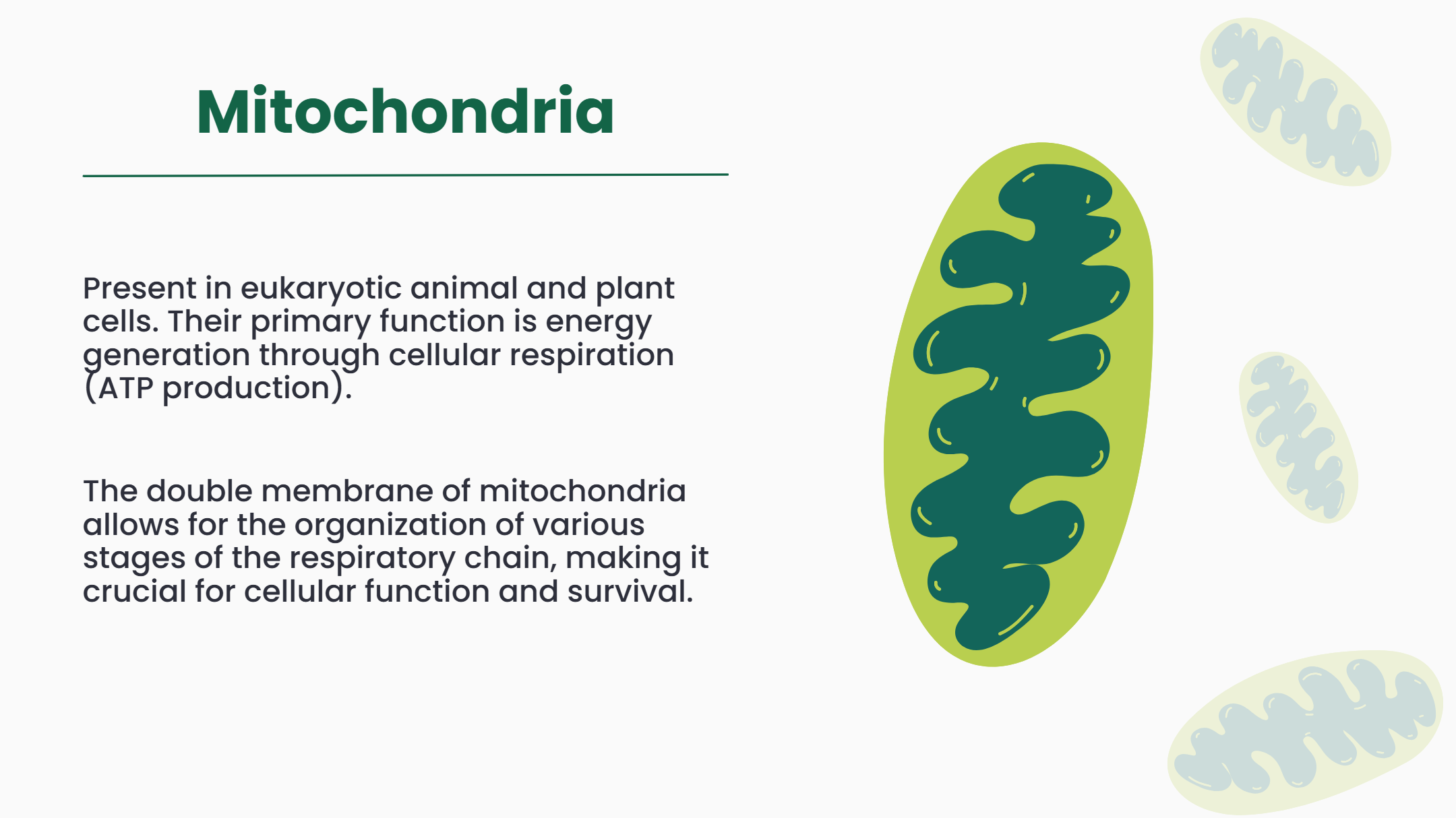
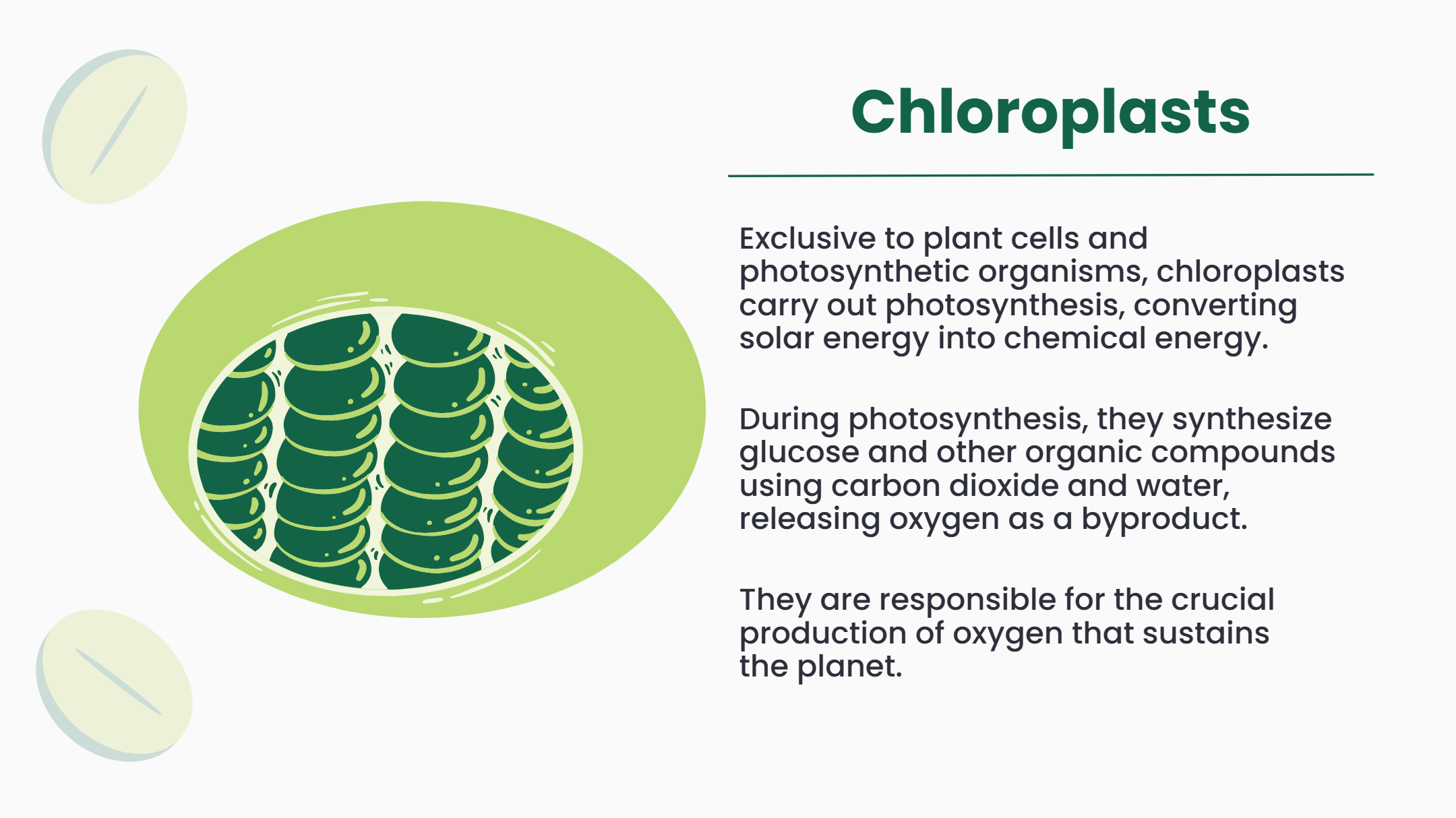

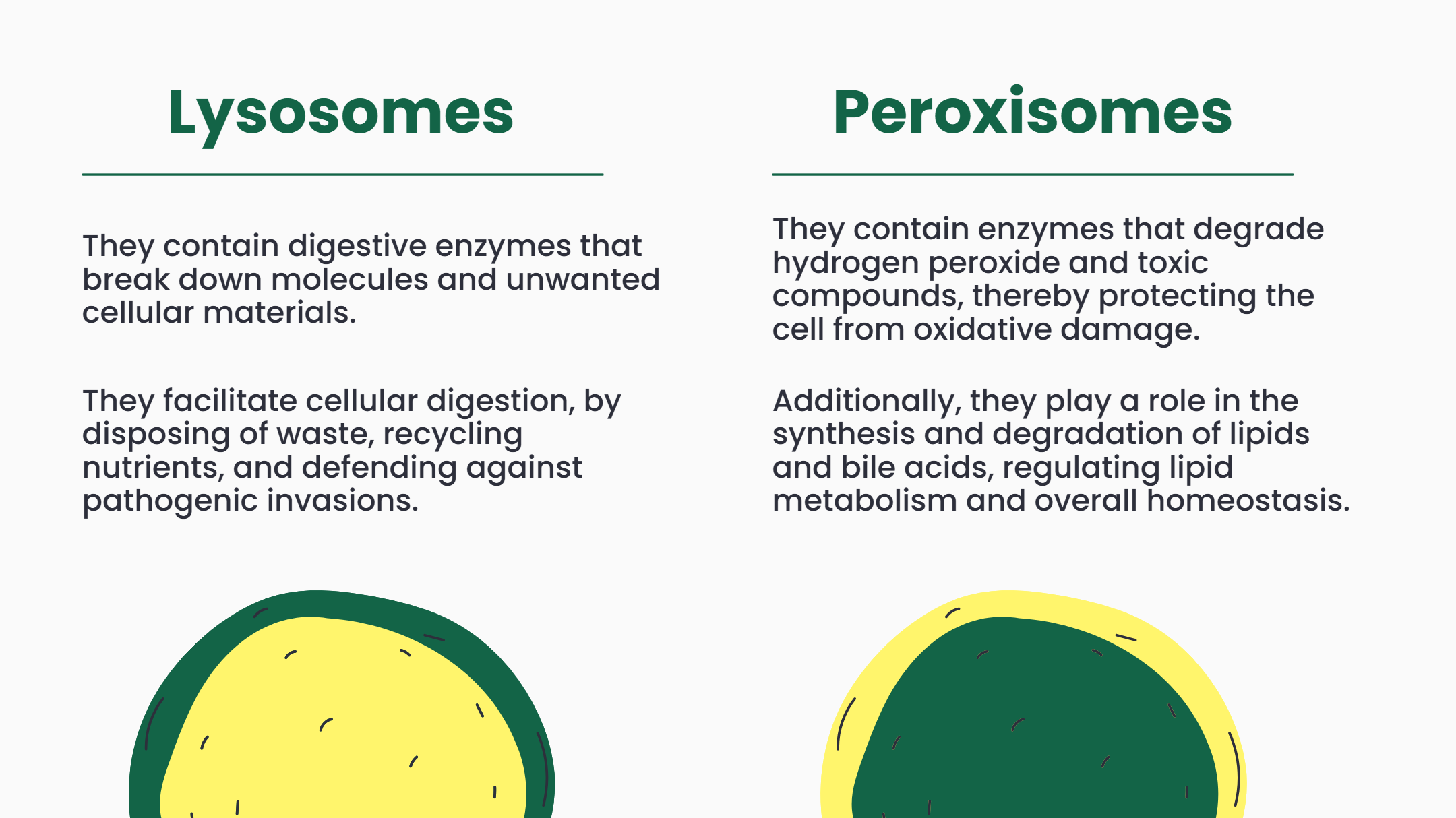
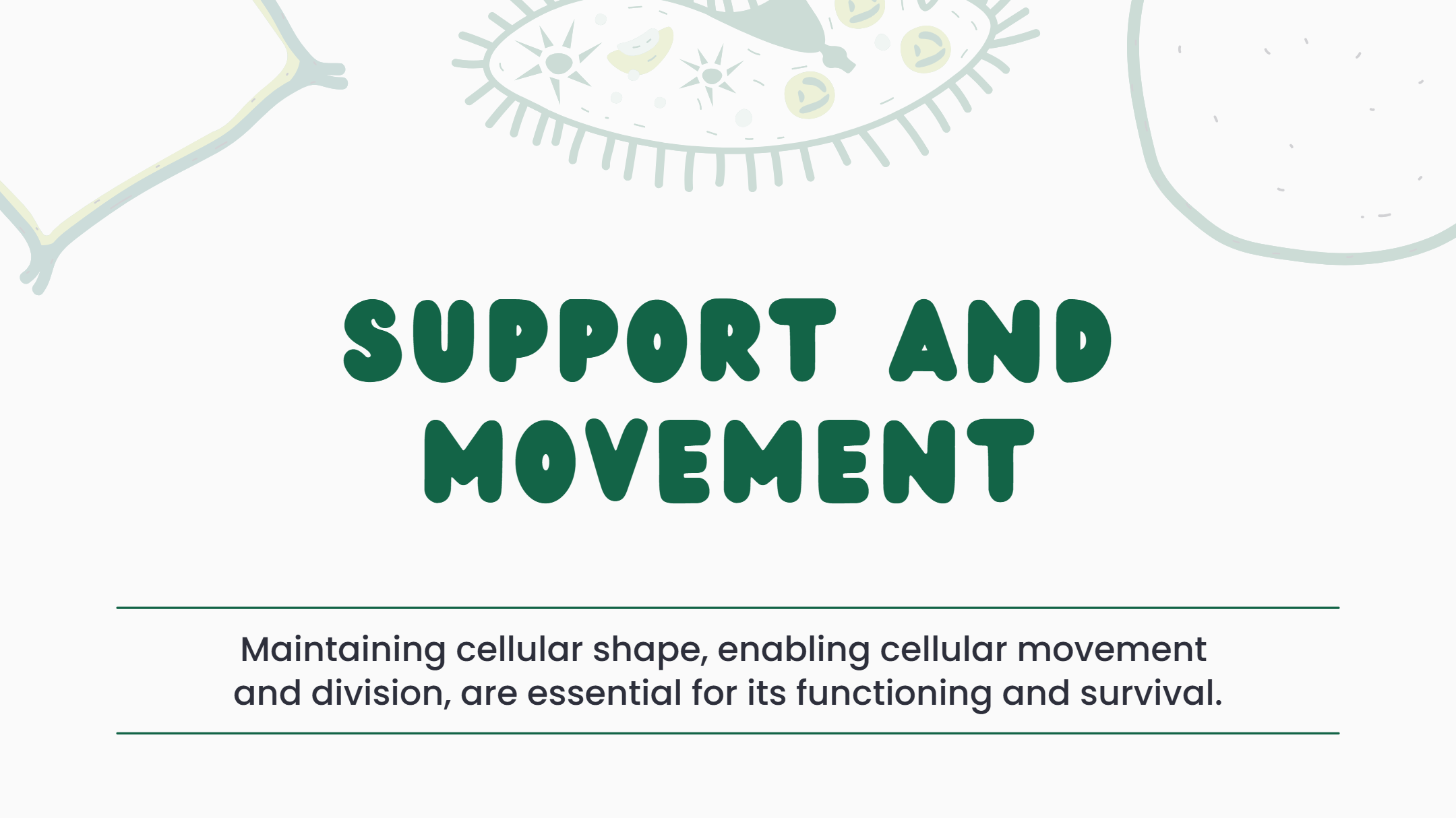
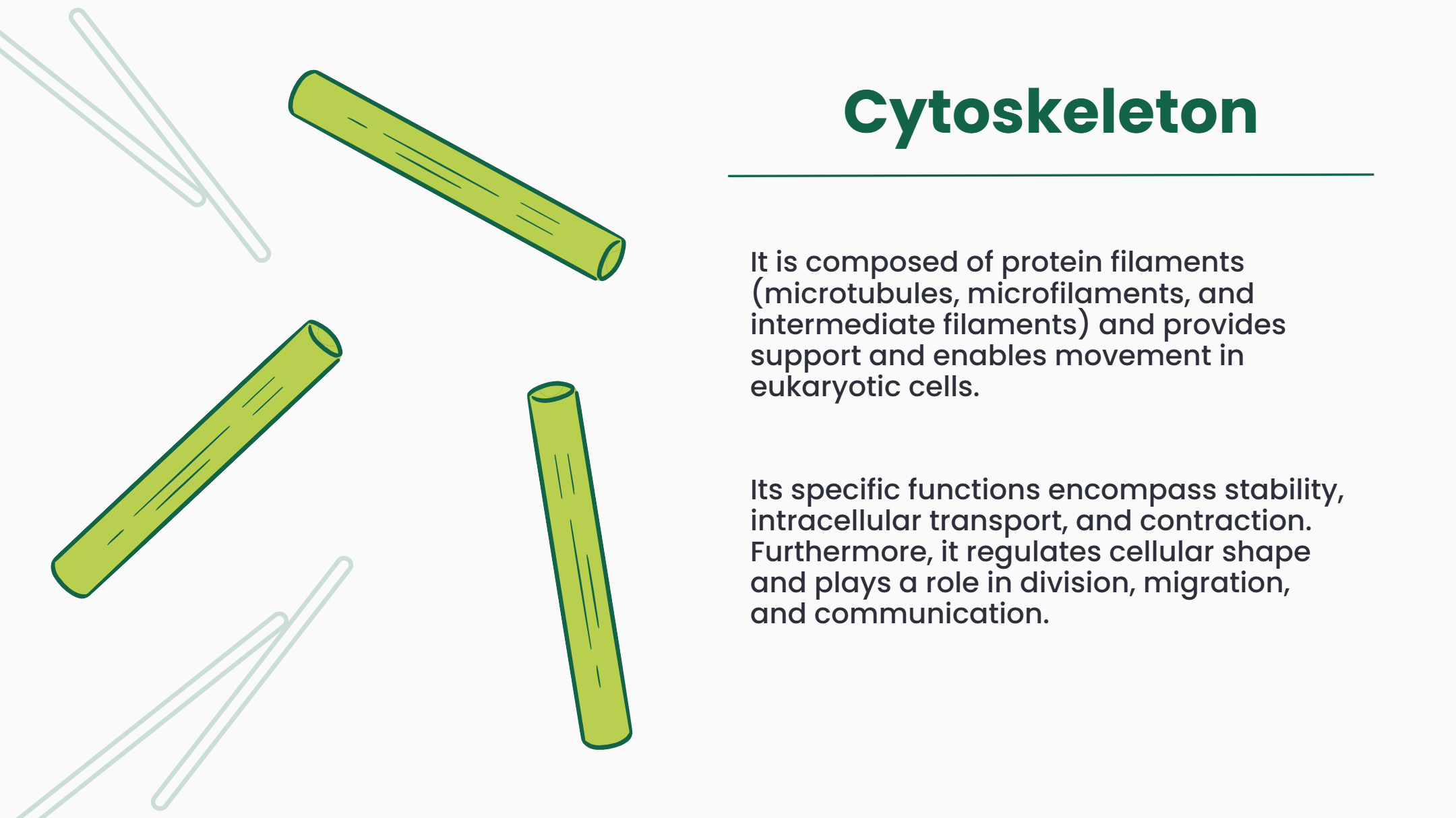
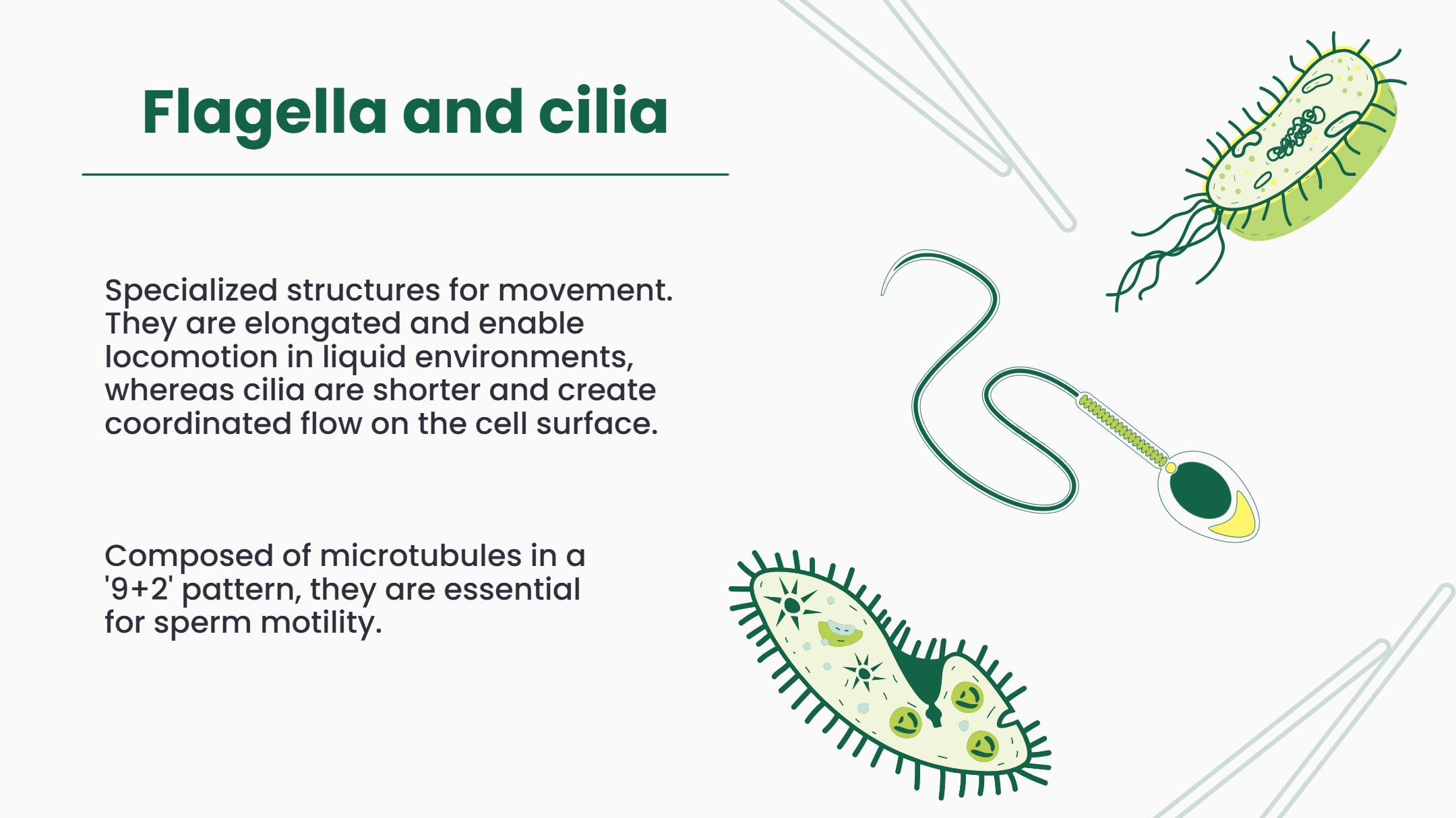
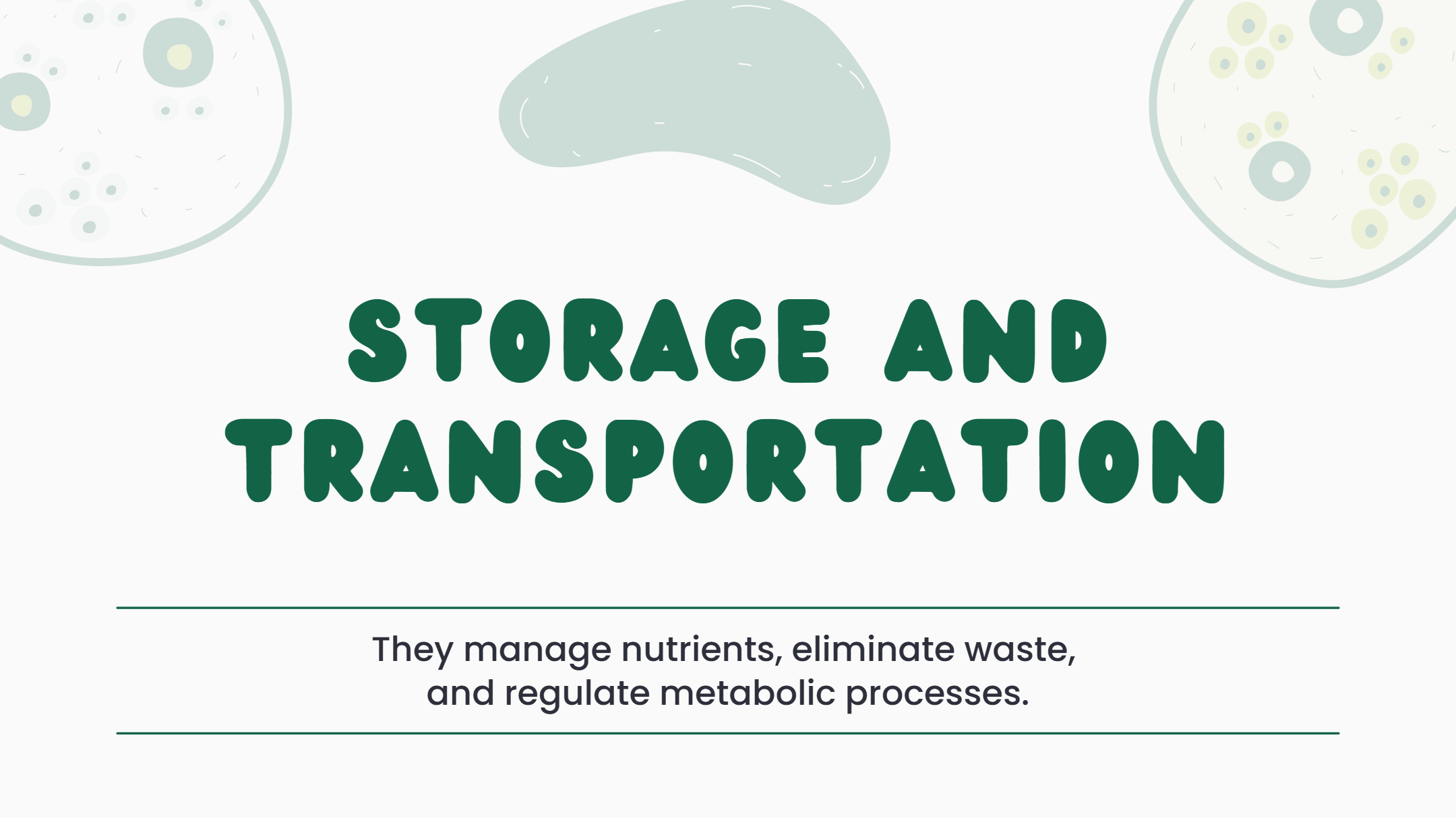
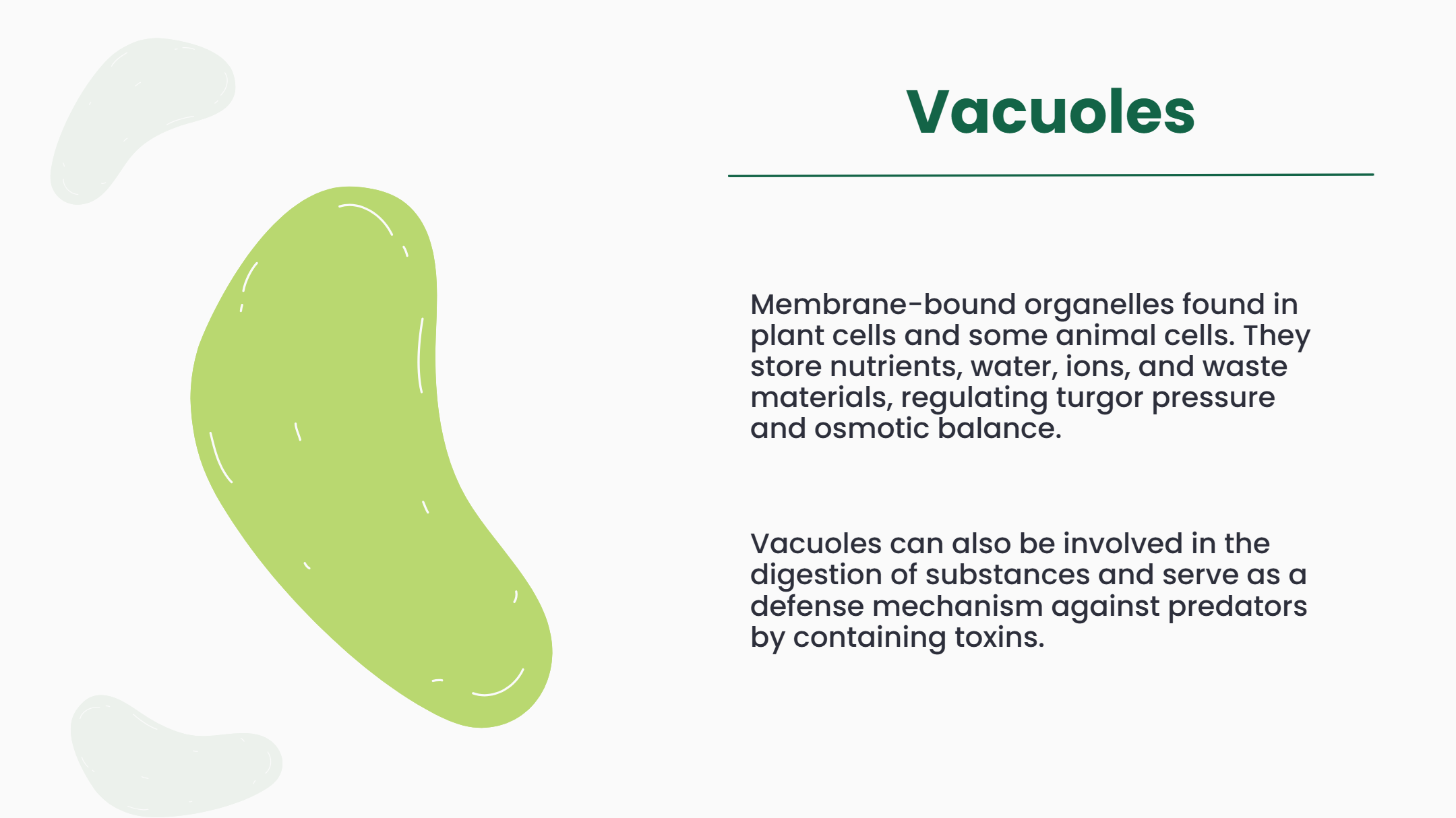


The Cell: The Fundamental Unit of Life
The cell is the basic and fundamental unit of life, a marvel of organization and functionality. Its intricate structure enables it to perform vital tasks essential for sustaining life. In this blog, we will explore the definition, structure, types, and functions of cells, along with key discoveries in cell biology
What is a Cell?
A cell is the smallest, basic unit of life responsible for carrying out all life processes. It serves as the structural, functional, and biological unit of all living organisms. Cells can replicate independently, which is why they are referred to as the building blocks of life.
Each cell contains a fluid called cytoplasm, enclosed by a membrane. The cytoplasm houses essential biomolecules like proteins, nucleic acids, and lipids, as well as specialized structures known as cell organelles, which perform distinct functions.
The study of cells, from their structure to their functions, is known as Cell Biology. The first recorded discovery of cells was made by Robert Hooke in 1665.
Types of Cells
Cells exist in two major types:
1. Prokaryotic Cells
Definition: These are primitive cells that lack a defined nucleus.
Examples: Bacteria and blue-green algae.
Characteristics:
Genetic material is found in a nucleoid region, not enclosed within a membrane.
Lacks membrane-bound organelles.
Contains structures like flagella (for movement), pili (for genetic exchange), and a cell wall (for protection).
Plasmids—small DNA molecules—carry additional genetic traits.
2. Eukaryotic Cells
Definition: These cells have a well-defined nucleus and complex internal structures.
Examples: Plants, animals, fungi, and protists.
Characteristics:
Contains a nucleus that stores DNA.
Possesses membrane-bound organelles such as mitochondria, Golgi apparatus, and endoplasmic reticulum.
More complex than prokaryotic cells.
Cell Structure and Functions
1. Cell Membrane
A selective barrier regulating the passage of nutrients and waste.
Composed of phospholipids and proteins.
Plays a key role in cellular communication.
2. Cell Wall (in Plants, Fungi, and Some Protists)
Provides structural support and protection.
Made of cellulose in plants, chitin in fungi, and peptidoglycan in bacteria
3. Cytoplasm
A gel-like substance where most biochemical reactions occur.
Contains cell organelles responsible for various cellular functions.
4. Nucleus
Houses DNA, controls gene expression, and synthesizes ribosomes via the nucleolus.
Enclosed by a nuclear membrane.
5. Organelles Involved in Protein Synthesis
Ribosomes: Found in the cytoplasm and rough ER, they synthesize proteins.
Rough Endoplasmic Reticulum (ER): Studded with ribosomes; modifies proteins.
Smooth Endoplasmic Reticulum (ER): Involved in lipid synthesis, carbohydrate metabolism, and detoxification.
Golgi Apparatus: Processes and packages proteins and lipids, acting as the cell’s "shipping center."
6. Energy Production
Mitochondria (in eukaryotic cells): Generate ATP during cellular respiration.
Chloroplasts (in plant cells): Conduct photosynthesis, converting sunlight into energy.
7. Cellular Digestion and Waste Management
Lysosomes: Contain enzymes that break down waste and defend against pathogens.
Peroxisomes: Degrade toxic compounds and regulate lipid metabolism.
8. Structural Support and Movement
Cytoskeleton: Composed of protein filaments that provide shape, stability, and aid in intracellular transport.
Flagella and Cilia: Help in movement and coordination.
9. Storage and Transport
Vacuoles: Store water, nutrients, and waste.
Vesicles: Help transport substances within the cell
Discovery of the Cell
1590: The first microscope was developed by Hans and Zacharias Janssen.
1665: Robert Hooke discovered cells while observing cork under a microscope.
1673: Antonie van Leeuwenhoek observed free-living cells, including bacteria and protozoa.
1831: Robert Brown discovered the nucleus in plant cells.
1838-1839: Matthias Schleiden and Theodor Schwann formulated the Cell Theory.
1858: Rudolf Virchow proposed that new cells arise from pre-existing cells.
Cell Theory
1. Historical Development
1838: M.J. Schleiden stated that all plants are composed of cells.
1839: T. Schwann found that all animal tissues consist of cells.
1858: Rudolf Virchow introduced the principle "Omnis cellula e cellula", meaning "All cells arise from pre-existing cells."
2. Fundamental Features of Cell Theory
1. All living organisms are composed of cells or their products.
2. Each cell contains a viscous substance (protoplasm) and a nucleus.
3. New cells arise only from pre-existing cells.
4. All cells share similar biochemical and physiological properties.
5. The activities of an organism are the sum total of its cellular activities.
The Cell as a Self-Contained Unit
Cells function as autonomous units, capable of performing life processes such as:
1. Nutrition: Cells absorb and metabolize nutrients.
2. Excretion: Cells remove waste products.
3. Reproduction: Cells divide to form new cells.
4. Autophagy: Lysosomes digest old or non-functional organelles.
5. Regulation: Cells control their internal environment.
6. Life Span: Every cell has a finite lifespan.
7. Independent Existence: Some cells, like bacteria, can exist independently.
Totipotency:
The Ability to Regenerate
Definition: The ability of plant cells to regenerate into a whole plant.
Experiment by F.C. Steward (1950):
Carrot root explants were placed in coconut milk, leading to callus formation.
The callus differentiated into root and shoot structures, eventually forming new carrot plants.
Significance of Totipotency
1. Propagation: Allows vegetative multiplication.
2. Shortens Breeding Cycles.
3. Genetic Improvement: Aids in crop enhancement.
4. Bypasses Seed Dormancy
Conclusion
Cells are the fundamental units of life, exhibiting remarkable complexity and diversity. From simple prokaryotic cells to highly specialized eukaryotic cells, they perform essential functions that sustain all living organisms. Understanding cell biology not only deepens our knowledge of life but also paves the way for advancements in medicine, biotechnology, and genetics.
